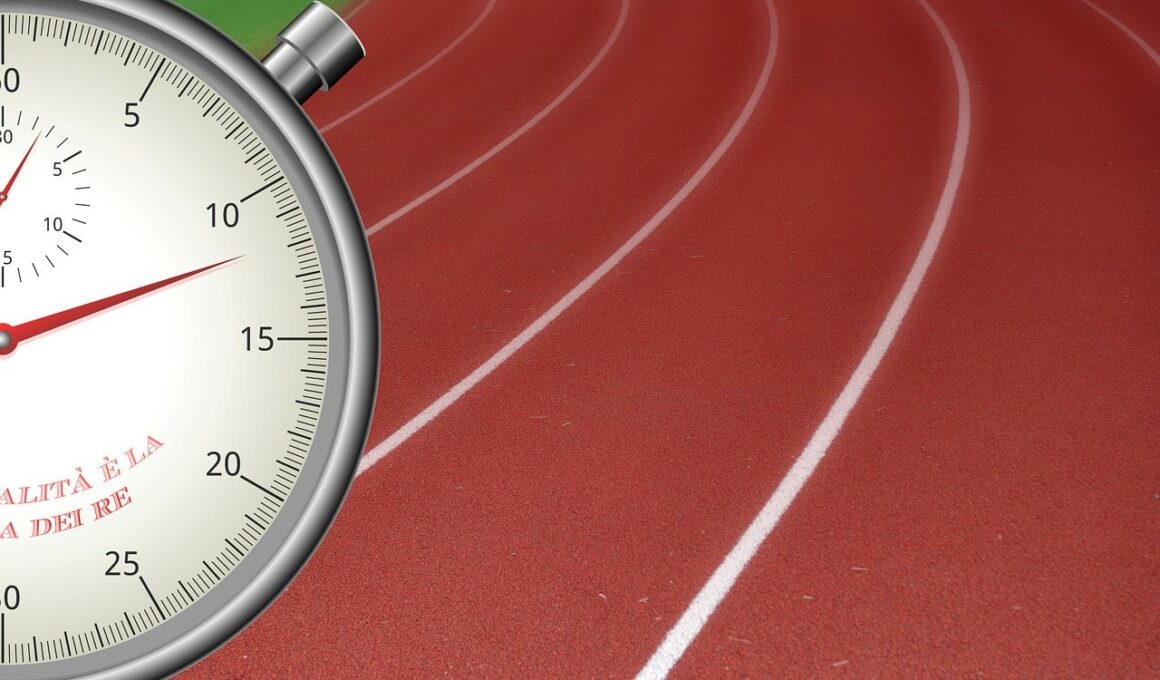The Origins of Anti-Doping Measures in Sport
The concept of fair play and sports ethics has evolved significantly over time. Historically, sports were perceived as pure competitions among athletes who exhibited their natural talents. However, as the stakes rose in competitive sports, so did the temptation to find an edge through artificial means. The origins of anti-doping measures can be traced back to this desire for a level playing field. As early as the ancient Olympic Games, athletes sometimes resorted to substances to enhance their performance, highlighting the need for regulations. Countries and organizations began to recognize the adverse effects of doping on athletes’ health and the integrity of sports as a whole. This led to the establishment of guidelines aimed at promoting fair competition. Early efforts were often sporadic and lacked a uniform approach. Yet, the growing awareness sparked discussions around athlete well-being and the values of sport, setting the stage for more structured anti-doping efforts. With increasing international interest, the need for consistent policies became apparent, laying the foundation for the anti-doping movement that we recognize today.
Early Developments in Anti-Doping
In the early 20th century, as global competitions progressively increased, the prevalence of doping in sports became more pronounced. Athletes were known to use various substances, including stimulants and narcotics, to enhance their performance. This trend alarmed many spectators and officials, who began to advocate for more stringent measures. The first formal approach to curbing doping emerged during the 1960s. This period marked significant reforms in how sports organizations began to understand the value of ethics in competition. Many sports began implementing drug testing protocols, albeit inconsistently. The first Olympic drug tests were carried out in 1968 to address the issue directly. During this time, public opinion began shifting, recognizing the importance of preserving the integrity of sport. The rigorous push against doping laid the groundwork for future policies. As scandals emerged and media attention increased, stakeholders understood that enforcing ethical standards was crucial. This highlighted a growing commitment to ensure healthy competition, leading to the foundation of essential anti-doping regulations. These early efforts were vital in establishing a framework for the future of sport ethics.
Throughout the following decades, anti-doping regulations saw significant advancements, spearheaded by both governmental and non-governmental organizations. In 1983, the International Olympic Committee (IOC) founded the Medical Commission, marking a pivotal moment in anti-doping history. This commission was dedicated exclusively to combating doping in sports. Efforts gained momentum with the introduction of more advanced testing methods, allowing for more effective identification of banned substances. The emergence of the World Anti-Doping Agency (WADA) in 1999 played a crucial role in unifying efforts across countries and sports disciplines. WADA’s establishment represented a devoted commitment to developing consistent anti-doping regulations and protocols. Collaboration became critical, as different nations had varying standards, and athletes often competed internationally. A unified framework was fundamental for a fair sporting environment. The widespread adoption of the World Anti-Doping Code in 2004 provided guidelines for athletes, coaches, and sports organizations. Consequently, this standardized approach promoted a consistent and rigorous anti-doping strategy worldwide. The efforts marked a turning point in recognizing the need to maintain the essence of fair play in sports.
Impact of Scandals on Anti-Doping Policies
Scandals have profoundly influenced the evolution of anti-doping policies over the years. High-profile cases, such as those involving Lance Armstrong and the East German doping scandal, underscored the necessity for more stringent regulations. These incidents triggered public outcry and led to a growing demand for transparency and accountability in sports. Athletes, fans, and governing bodies began questioning the effectiveness of existing anti-doping measures, prompting a reassessment of testing protocols. Scandals sparked significant media coverage, increasing awareness about the darker side of professional sports. In response to these pressures, organizations like WADA intensified their efforts to enforce compliance with the World Anti-Doping Code. Governments also became more involved, emphasizing the importance of funding anti-doping initiatives and supporting investigations into doping allegations. Through collaboration among various stakeholders, enhanced measures were implemented, focusing on prevention, education, and detection. The ongoing impact of scandals reinforced the notion that ethical considerations are paramount. As sports continue to evolve, the lessons learned from these experiences indicate a commitment to fighting against doping for the sake of future generations.
The commitment to fair play is also influenced by advances in technology and scientific research. These advancements not only improve detection methods but also introduce new challenges. Athletes have become increasingly savvy about the substances available to enhance their performance, leading to a constant cat-and-mouse game with regulators. Anti-doping agencies are now faced with the challenge of staying ahead of new types of substances and methods used by athletes. New technologies, including genetic manipulations and gene doping, raise ethical and regulatory concerns, necessitating continual updates to existing policies. As the sports world gears up to combat these emerging threats, proactive efforts include developing new testing methods and building a robust framework for education around sports ethics. Educating athletes about the long-term implications of doping is crucial. Furthermore, enhancing independent audits and evaluations among sports federations ensures compliance and enforces accountability. The integration of education into anti-doping efforts promotes an ethical sporting environment. Developing educational initiatives can cultivate a more profound respect for the rules of fair play, strengthening the integrity of sports in the process.
The Future of Anti-Doping in Sports
Looking ahead, the future of anti-doping in sports hinges on collaboration, innovation, and an unwavering commitment to ethics. As the landscape of professional sports continues to evolve, it becomes increasingly essential for all stakeholders to work together to promote fairness. The inclusion of athletes in the decision-making process is vital to ensure that their voices are heard. By fostering a sense of ownership among athletes regarding their health and the fairness of their sport, a culture that values integrity can develop. Furthermore, expanding partnerships between organizations can enhance global standards and reinforce the importance of ethical practices. Continuous development of advanced testing technologies must occur to adapt to the dynamic nature of doping methods. Leveraging big data and artificial intelligence may lead to smarter doping control strategies. As the global sports community navigates these complexities, ethical discussions will play a significant role in shaping policies. Ultimately, the ongoing pursuit of fair play and ethics in sports ensures that future generations of athletes can compete on a level playing field, free from the taint of doping controversies.
In conclusion, the origins of anti-doping measures in sport stem from a long history of ethical considerations that continue to shape modern practices. The response to doping in sports has undergone significant changes, adapting to emerging challenges through collaborative efforts. Scandals and heightened public awareness have become catalysts for policy reforms, prompting stakeholders to prioritize ethics. The establishment of organizations like WADA and evolving technological advancements underscore the importance of maintaining the integrity of sports. The future landscape presents both challenges and opportunities, necessitating innovation and a continued commitment to fair play. Addressing these issues requires collective action among athletes, coaches, organizations, and governments to foster an environment of accountability and transparency. Education remains a critical element for combatting doping, promoting the values of integrity, respect, and fairness. The pursuit of these ethical standards allows for a promising direction in the anti-doping movement. With concerted efforts, the sports community can collectively enhance the principles of fairness, ultimately ensuring that all athletes compete in an atmosphere reflective of true sportsmanship.


